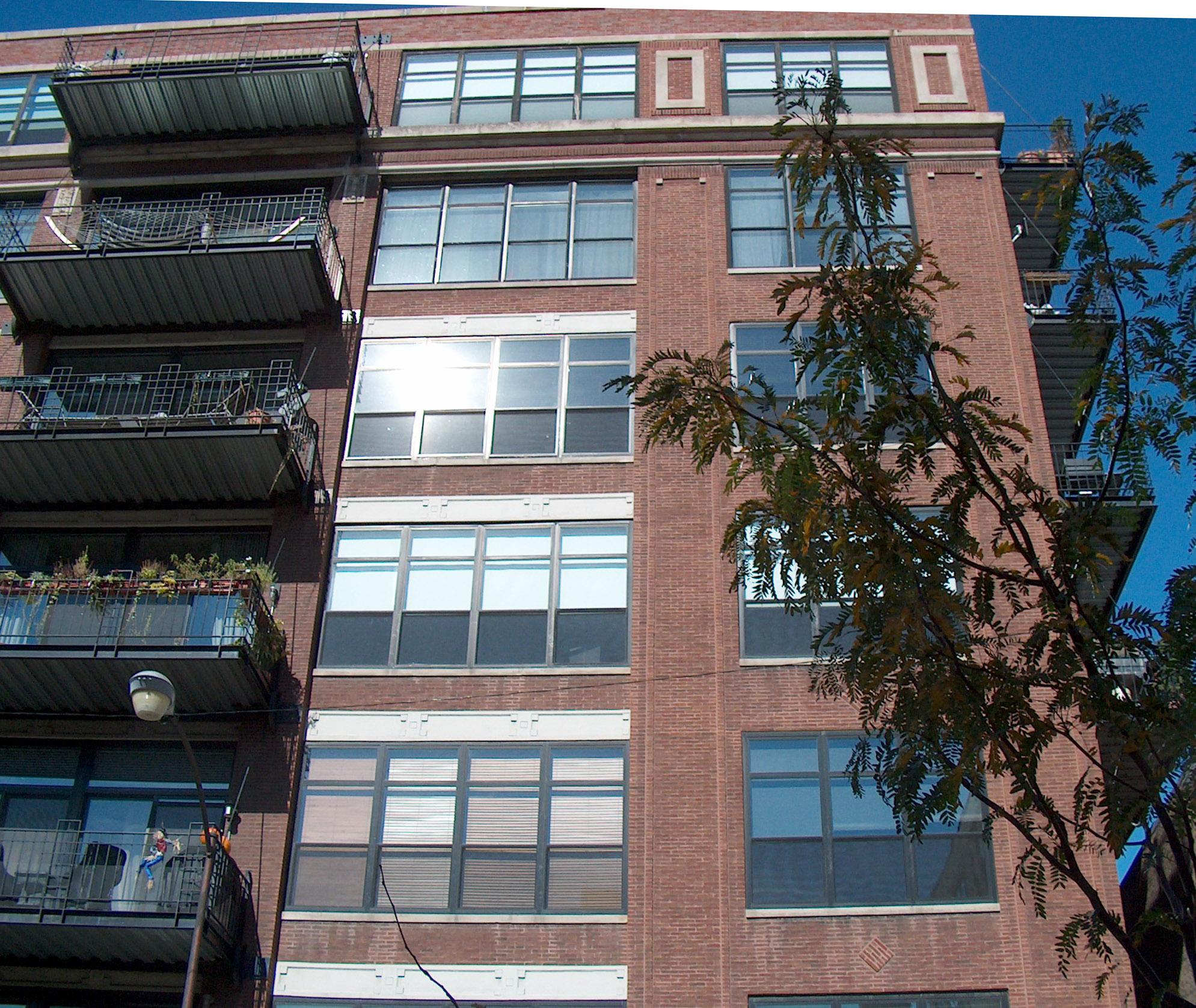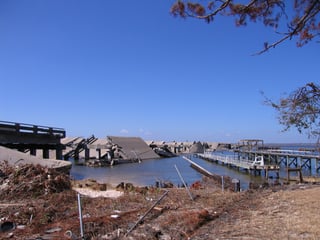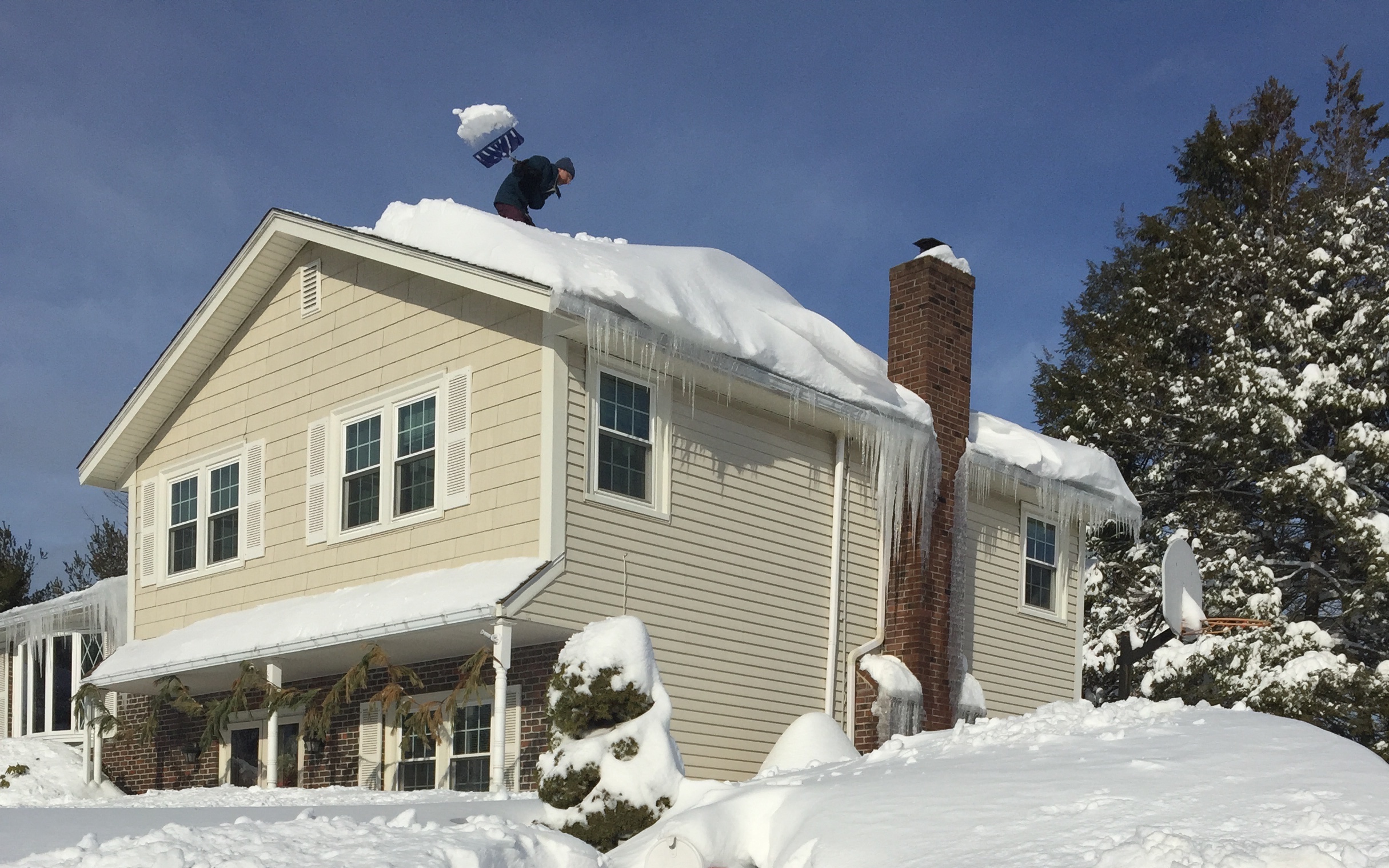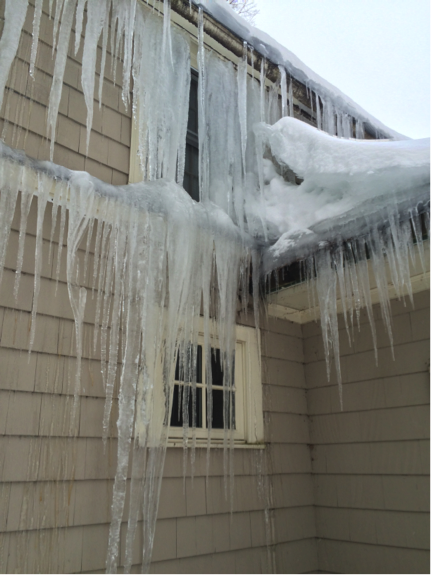
California passes new laws following Berkeley tragedy
[fa icon="calendar'] Sep 20, 2016 8:22:00 AM / by Adrienne K. Paskind, AIA
Berkeley took center stage in June 2015 when six students died tragically and another seven were injured after a balcony on which they were standing on collapsed.
As a result, the California Senate has passed a new law for the construction industry traced back to Berkeley balcony collapse. The bill was passed after a unanimous vote or 37-0 and is intended to close those accountability gaps by bringing stricter oversight to the construction industry.
Read More [fa icon="long-arrow-right"]New Orleans Pushes to Finish Last Big Storm-Surge Project
[fa icon="calendar'] Aug 17, 2016 7:00:00 PM / by Kenneth R Quigley, PE
 Since Hurricane Katrina first hit New Orleans in 2005, work has been ongoing to protect the city from future flooding.
Since Hurricane Katrina first hit New Orleans in 2005, work has been ongoing to protect the city from future flooding.
The Engineering News Record reported that the final step in building the permanent system will be completed in April 2017. As quoted from the article:
The $654-million Permanent Canal Closures and Pumps (PCCP) project now is the last major piece of the $14.6-billion storm risk-reduction system in low-lying New Orleans. The federally funded effort will give the city, which is from 2 ft to 20 ft below sea level, protection from a major storm that has a 1% annual chance of occurring, a so-called 100-year storm.
“The pre-Katrina system was a system in name only,” says Dan Bradley, Corps senior project manager for the PCCP project. “We’ve reduced [risk] by 35% with a true system approach to risk reduction.” Ricky Boyett, district Corps spokesman, adds. “Before, the canals were the first line of defense. Now, they are secondary."
Read more about the system by going to the full article here.
Read More [fa icon="long-arrow-right"]College students study sustainable architecture overseas
[fa icon="calendar'] Nov 12, 2015 11:48:42 AM / by Clark Griffith, AIA
In the current landscape, sustainability and green architecture and building are key. Just as important is learning from others across the globe who are facing similar challenges to those we have in the United States.
Reported by The Argonaut, University of Idaho College of Art and Architecture students went overseas to study sustainable architecture in Scotland, Glasgow, Wales and London, learning about how to integrate sustainable living practices with architectural design.
Read More [fa icon="long-arrow-right"]Flood protection design and construction since Katrina
[fa icon="calendar'] Nov 5, 2015 12:51:08 PM / by Kenneth R Quigley, PE
In the wake of the 10th anniversary of Hurricane Katrina earlier this year, Engineering News-Record reported on the current state of the flood protection system in place, and the changes that have been made since the storm.
"The fact that floodwalls around New Orleans were designed to be overtopped but remain standing says much about the post-Katrina hurricane-protection system that rings the city—and about the risks that those who live within that system still face.
Read More [fa icon="long-arrow-right"]A San Francisco hospital is using a unique substance to prepare for earthquakes
[fa icon="calendar'] Sep 18, 2015 12:21:40 PM / by Kenneth R Quigley, PE
As reported by CityLab last week, a San Francisco hospital is the first to use a unique substance to protect itself from possible future earthquake damage. The 7-foot wide wall panels made of "goo" are embedded throughout the structure to act like a shock absorber for the building.
"It has the consistency of chewing gum, the San Francisco Chronicle reports, and could keep the 15-story California Pacific Medical Center standing and fully operational during an event as big as the 1906 earthquake, which registered a magnitude of 7.8. The hospital, located about 7 miles from the San Andreas fault line, is the first building in the U.S. to use such technology.
Read More [fa icon="long-arrow-right"]
After getting this much snow, should you shovel your roof?
[fa icon="calendar'] Feb 18, 2015 5:20:00 PM / by Kenneth R Quigley, PE
Whether you own a commercial property or a single family home, the answer may offer some relief!
The winter of 2015 is one that everyone will remember for quite some time. Between record breaking snow totals, traffic tie-ups, and ice dams, everyone has a story to tell - especially the news media.
But while there are many stories being reported about roof collapses and the importance of roof shoveling, be careful to learn the facts and not shovel your roof unnecessarily. The media is known for many of their strengths - but not for their engineering capabilities.
Read More [fa icon="long-arrow-right"]
How to Cope with Cold Climate Ice Dams
[fa icon="calendar'] Feb 13, 2015 4:31:43 PM / by Clark Griffith, AIA
Another winter of excessive snow - and ice dams - is upon us
In cold, wintery climates, ice dams are just a fact of life. While some years are worse than others (depending on the amount and timing of snowfall and temperature fluctuations), this year they are back with a vengeance - particularly in the Northeast.
In new construction, proper workmanship and a variety of techniques can make it easier to prevent ice dams and their subsequent damage. But what can property owners of existing problematic buildings do - and not do - to help prevent reoccurring leaks, stains, damaged property, and the risk of mold and mildew growth?
Read More [fa icon="long-arrow-right"]
